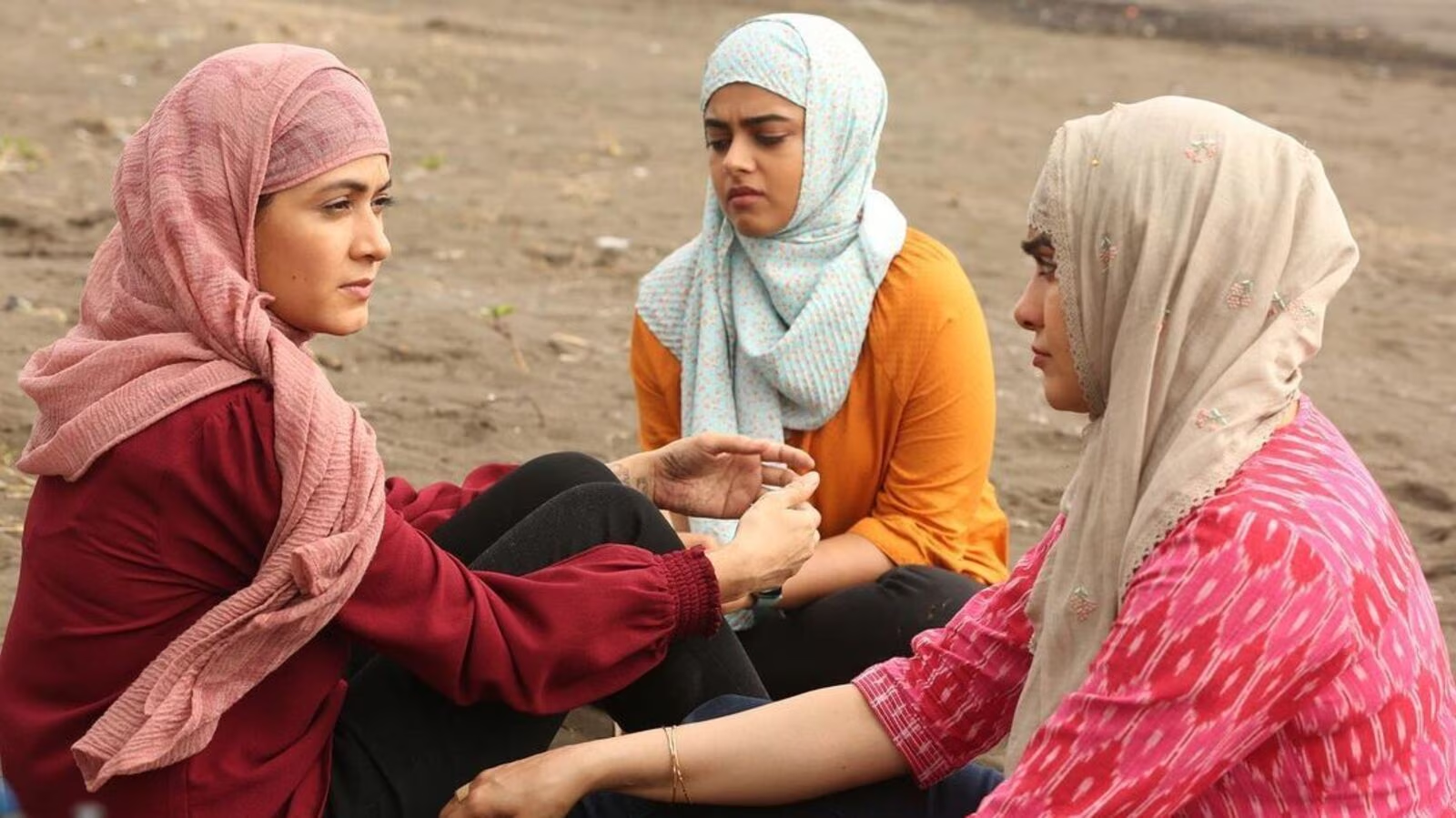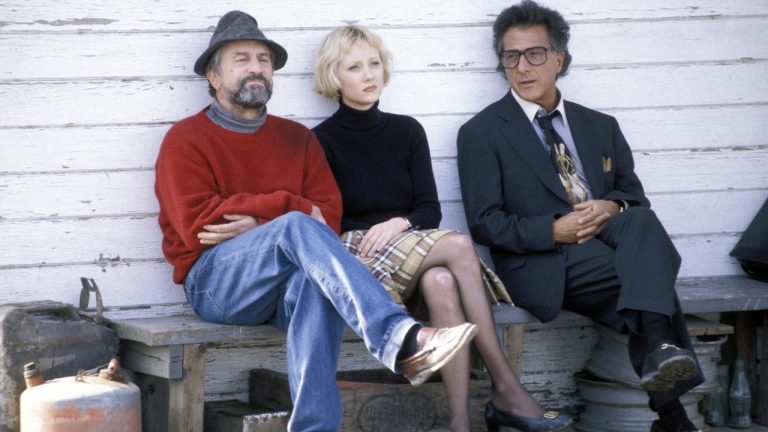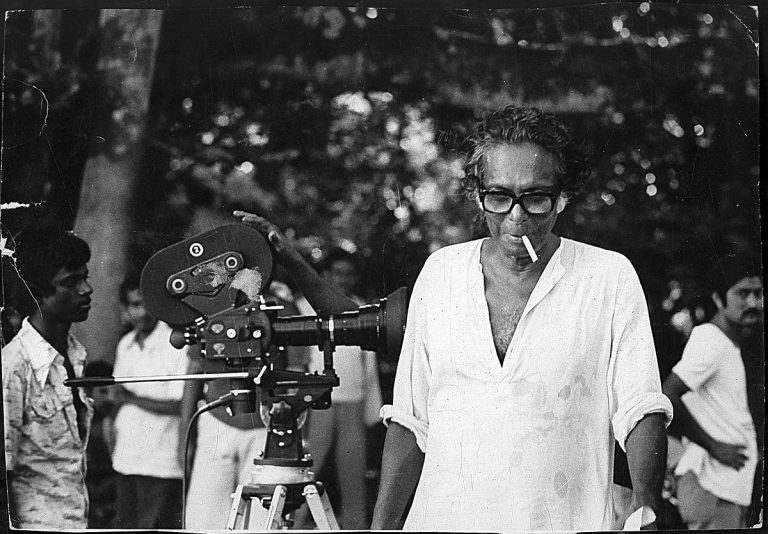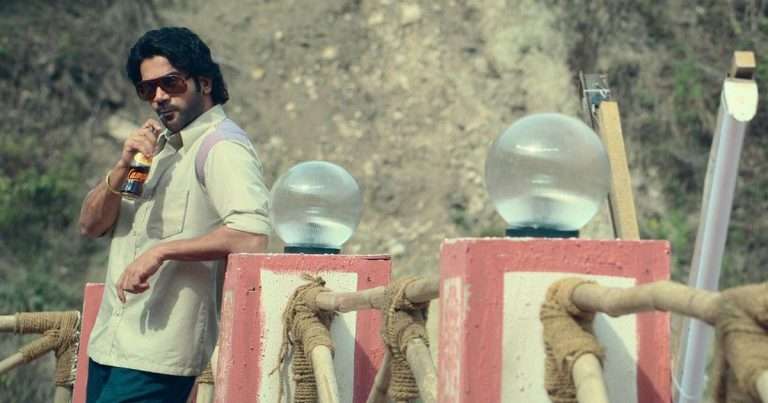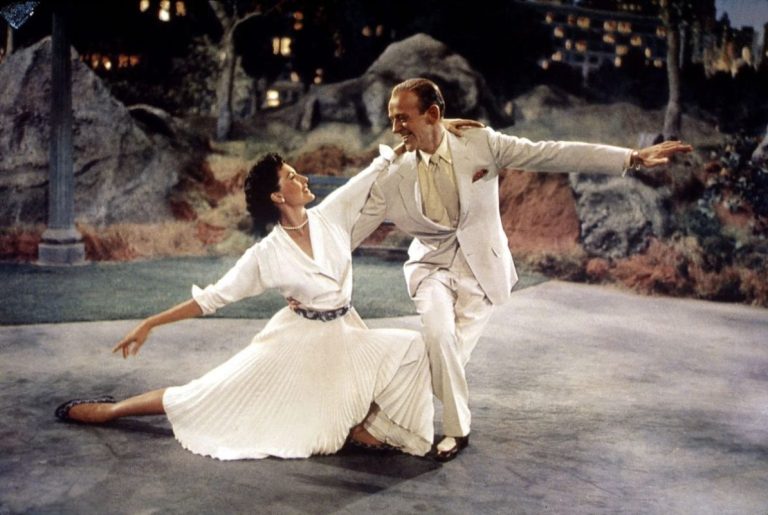Netflix’s Rebel Moon “Snyder Cut”: Zack Snyder has nothing left to prove. That was the impression that his last Netflix movie, “Army of the Dead,” gave me when it was released on the streaming service in 2021. The zombie flick placed Dave Bautista in a zombie-ridden Las Vegas, and everything about it promised a solid undead action movie. Netflix had handed Snyder a blank check after he was spurred by DC, and he used it to return to the genre where he’d started his directorial career (with 2004’s “Dawn of the Dead” remake). Things felt primed for a home run, but something went wrong in the process.
Released in May, “Army of the Dead” came out hot on the heels of Zack Snyder’s “Justice League,” a movie that has become a part of Hollywood legend at this point. Snyder released a 4-hour-long cut of 2017’s “Justice League,” with restored subplots and redone effects. The movie was made possible by a massive online movement orchestrated by the director’s die-hard fans, and it didn’t disappoint them. It has a 93% audience score on Rotten Tomatoes (alongside a not-too-shabby 72% critics score), and people were hyped to see what the director would come out with next.
What came next was “Army of the Dead,” whose tepid construction and by-the-numbers plot struck this viewer as the work of a man who had begun to phone it in (I was especially perplexed by the extremely shallow-focus cinematography, perpetrated by first-time DOP Snyder himself). Netflix clearly did not share in my apathy for the project: they greenlit multiple spinoffs and kickstarted a new franchise in the process. The release of the first movie was successful enough that they signed a first-look deal with Snyder and pushed him to begin work on his next big genre picture. And that’s where Rebel Moon enters the picture.
The pitch for the project was very exciting. It was based on a concept that Snyder had been envisioning since the ‘90s and was inspired by “Star Wars” and the works of Akira Kurosawa (mainly “Seven Samurai”). Snyder originally pitched it to Lucasfilm president Kathleen Kennedy in 2012 as a mature take on Star Wars – he was turned down because the project seemed too big of a risk. Would anyone want to watch an R-rated “Star Wars” movie? Kennedy didn’t think so, and she moved on to developing the sequel trilogy that we all know and have a love-hate relationship with. Snyder still had his original story, though, and Netflix gave him the space to develop it further.
The whole thing ended up amounting to a duology: the project that was once an R-rated Star Wars movie became an original sci-fi franchise developed for Netflix. Two films would be shot back-to-back and released over the span of a few months. “Rebel Moon – Part One: A Child of Fire” just came out on December 21, while Part Two: The Scargiver will be released on April 19 next year. Both films promise a sci-fi extravaganza, helmed by one of the most visually distinctive Hollywood directors currently working and inspired by one of the greatest science fiction franchises of all time. What could go wrong? Well, as it turns out, a lot.
What got people excited about “Rebel Moon” was that it was an original property being championed by a filmmaker who was passionate about it. R-rated “Star Wars,” directed by the man behind “300,” felt like a slam-dunk, and Netflix has garnered a reputation for giving filmmakers full creative freedom on the original projects it finances. Something shifted when it came to “Rebel Moon,” however. Maybe it was the $166 million dollar price tag or the pressure to release a holiday movie that had mass appeal. Whatever the case was, the streaming service gave Snyder creative freedom with a catch: he’d have to cut each movie twice. There would be PG-13 and R-rated versions of both films in the duology.
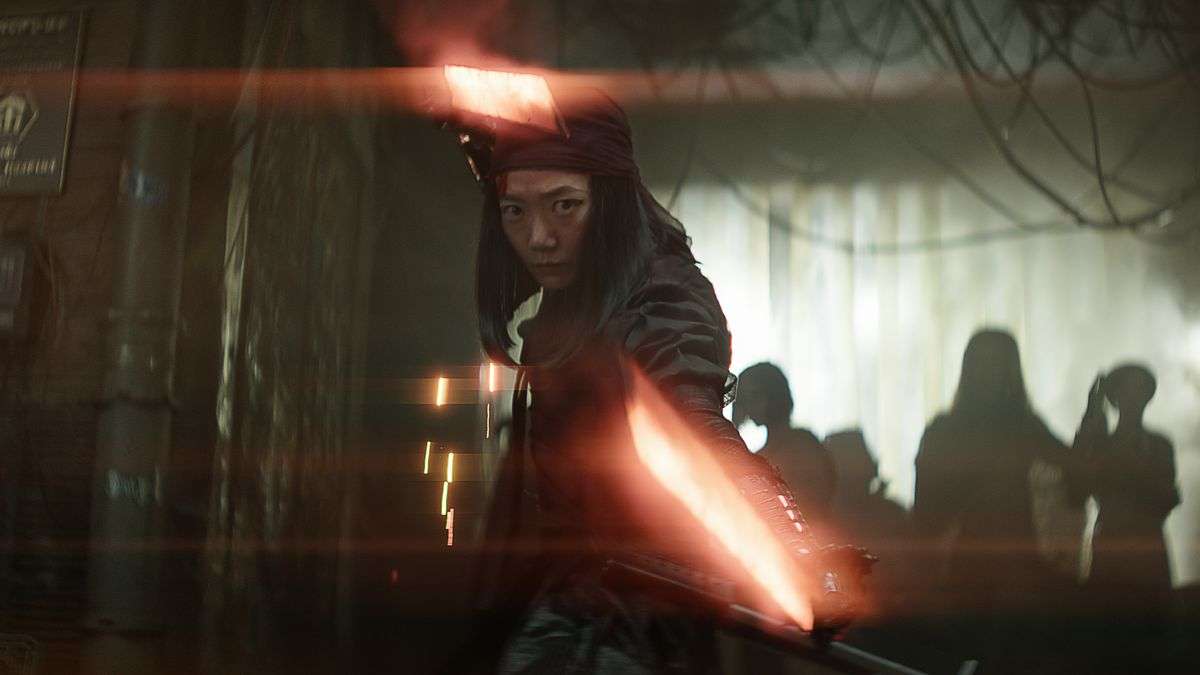
When I sat down to watch “Rebel Moon” a few days after it came out, I started by looking for the version of the film that was R-rated. After all, every interview I’d seen of Snyder talking about the film mentioned how excited he was to share the hardcore R-rated version of the movie. I looked it up and was surprised to learn that the R-rated cut wasn’t even available. What’s more, the streaming service hasn’t even listed a release date for the movie. We only know that it’s coming out sometime before April. That left me with no option but to watch the sanitized version of “Rebel Moon,” which is exactly what Netflix wants.
The hype for “Rebel Moon” was based on it being Snyder’s unfiltered vision; the whole idea was for there to be an R-rated version of “Star Wars.” According to the director himself, the mature version of Rebel Moon “takes place in a different dimension.” Apparently, that’s a dimension with far more violence and sex than the PG-13 version, which leaves a lot to the imagination if you’ve seen the version of Rebel Moon currently available on Netflix. To say I was disappointed by my experience watching that version would be putting it lightly. The film, in its current state, is a snooze-fest.
Remember what I said about Zack Snyder having nothing left to prove? Part One of “Rebel Moon” only compounds that feeling. If I had to describe it in one word, I would call it lazy. The film is a derivative pastiche of sci-fi tropes and the plot of Akira Kurosawa’s “Seven Samurai.” Everything about it screams phoning-it-in, from the barebones execution of the character arcs to the editing of the action sequences (which were clearly not shot with a PG-13 rating in mind). What’s clear from watching the film is that Snyder was tasked with making a PG-13 film and an R-rated film, and he pushed the PG-13 version out the door as fast as he could. The critical reception to the film reflects this, too. And that could be exactly what Netflix wants.
My experience with watching “Rebel Moon” is ideal if you consider the prospects of the R-rated cut of the film. By not announcing the release date for the mature cut of “Rebel Moon” ahead of time, they’ve essentially forced Snyder fans to watch the subpar PG-13 version. And by hyping up the mature cut to the extent that they have, they’re essentially reverse-engineering the “Snyder Cut” phenomenon.
Think about it: you begin your “Rebel Moon” journey by watching the lackluster PG-13 cut. You wonder how different the R-rated cut could be and look up the many interviews of the cast and crew hyping it up. You decide to give the R-rated cut a shot when it comes out, and that gives Netflix what it’s been after all along: your persistent attention. They’ve made sure you’ll stay subscribed to the service as long as you’re invested in the redemption of “Rebel Moon,” and that’s a win for them.
It’s a genius strategy if you think about it. Many of the positive responses to Zack Snyder’s “Justice League” based their praise on how much better it was than the 2017 original. That could be the narrative that’s spun around the many versions of “Rebel Moon” that we’re undoubtedly going to be seeing over the next couple of months. It’ll keep Netflix in the conversation and make sure that subscriptions stay renewed. At the end of the day, that’s all that the streaming company wants: more fuel for the streaming wars. “Rebel Moon” is just the latest bullet in the chamber.


